Look out for these common houseplant diseases to keep your indoor display looking its best
Get the lowdown on these houseplant diseases – including tips on identifying and preventing them
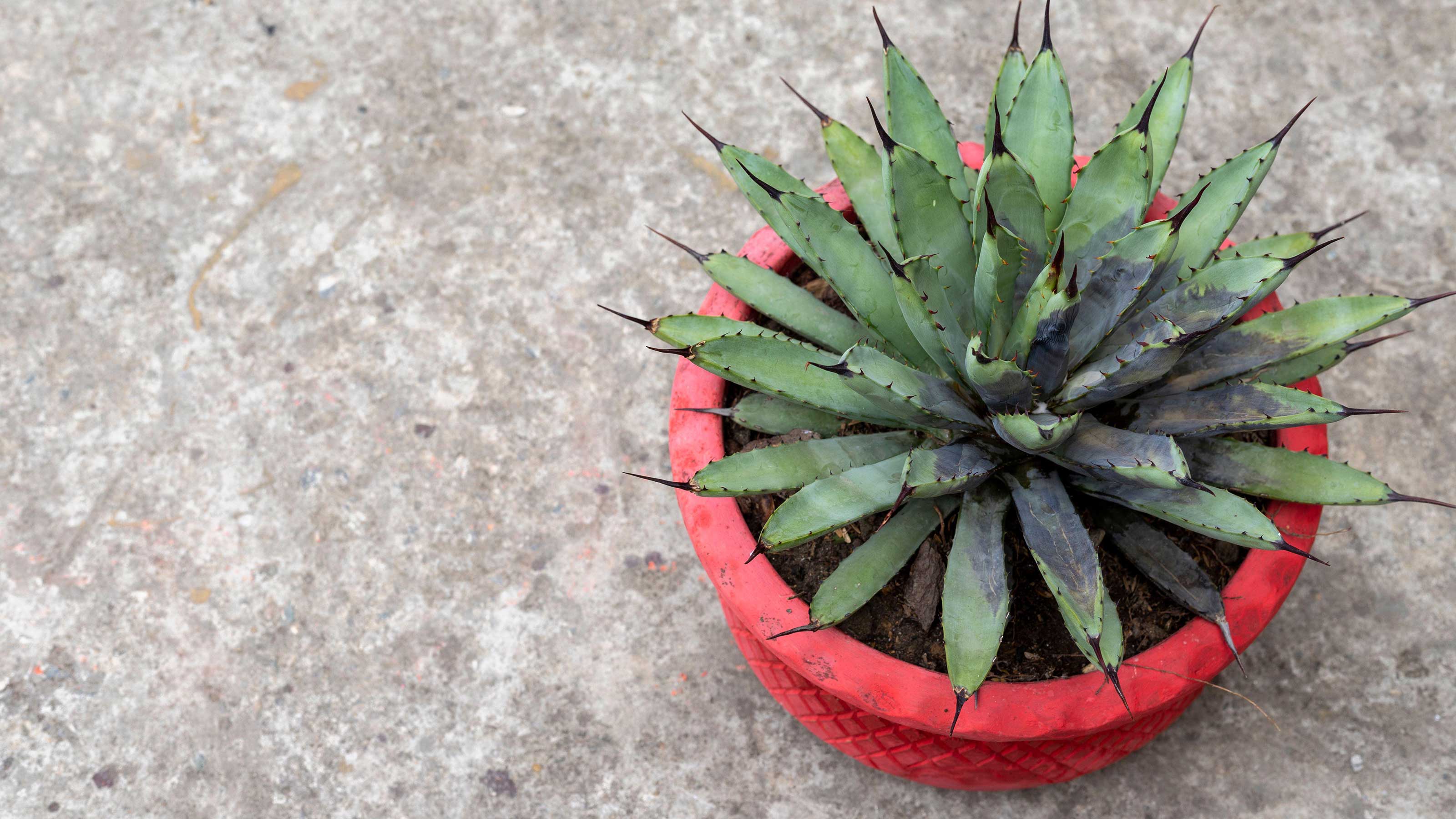

Getting in the know about houseplant diseases is a must if you're growing your own indoor garden. That way, you'll know how to spot the telltale signs as soon as they appear, meaning you can take action to save your plant babies quickly.
What's more, getting clued up about possible ailments and their causes can help you avoid them happening in the first place – and prevention is often simpler than cure. So, if you want to keep your best indoor plants looking beautiful, this guide will come in handy.
5 houseplant diseases to stay clear of
Keep your indoor garden looking in tip-top health by avoiding these diseases.
1. Mold
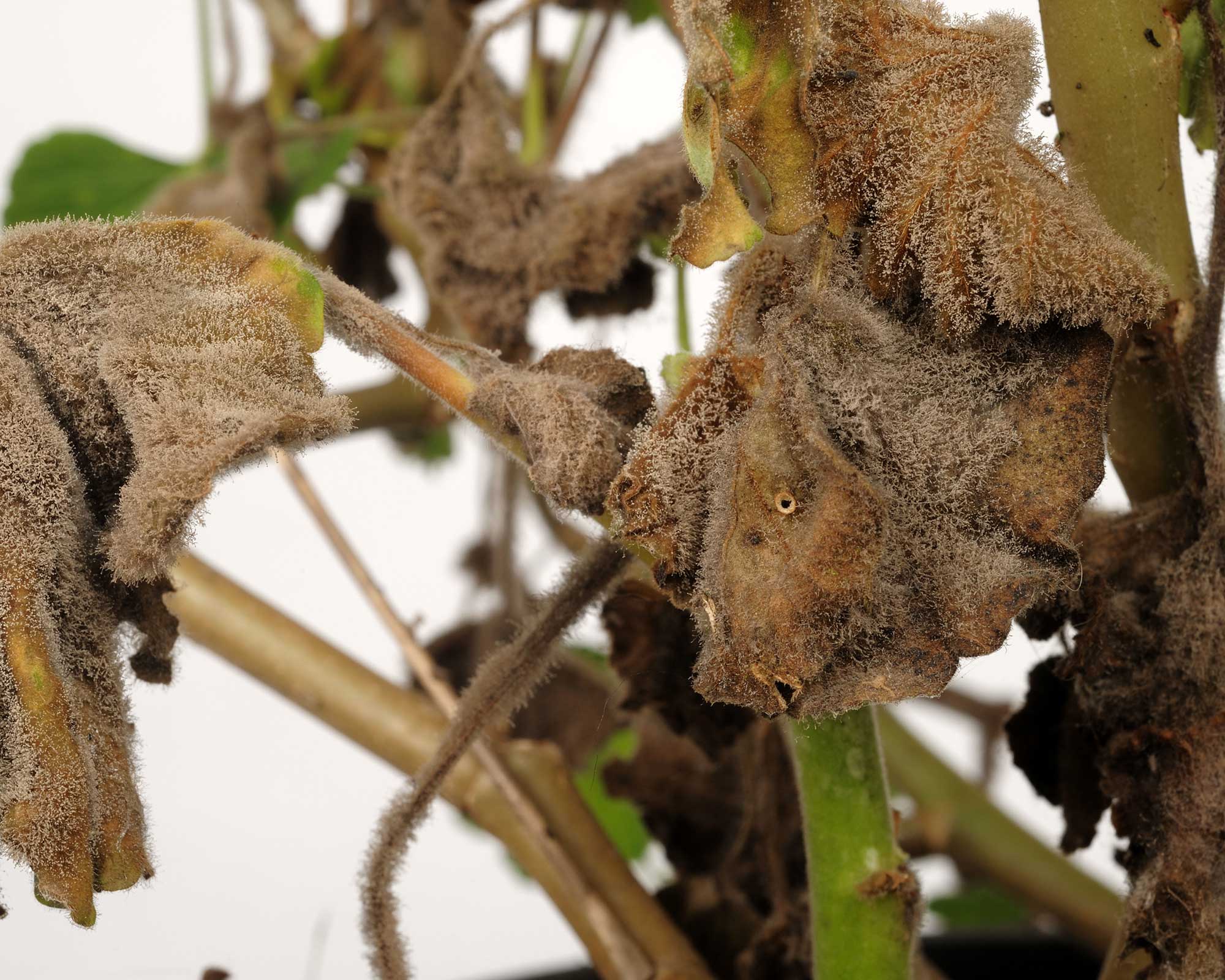
Gray mold covers plants in a brown, furry coating
Gray mold, otherwise known as Botrytis blight, is caused by the fungus Botrytis cinerea. Affecting garden plants as well as those grown indoors, it generally takes hold in humid, cold, airless environments, where spores land on areas of the plants that are already damaged. As the RHS explains, a fuzzy, gray-brown coating will appear. Eventually, it can kill plants.
The Amateur Gardening experts advise cutting back affected shoots, and keeping plants drier and warmer. You can also improve ventilation to reduce humidity, says the RHS. Dead plant material should be cleared away.
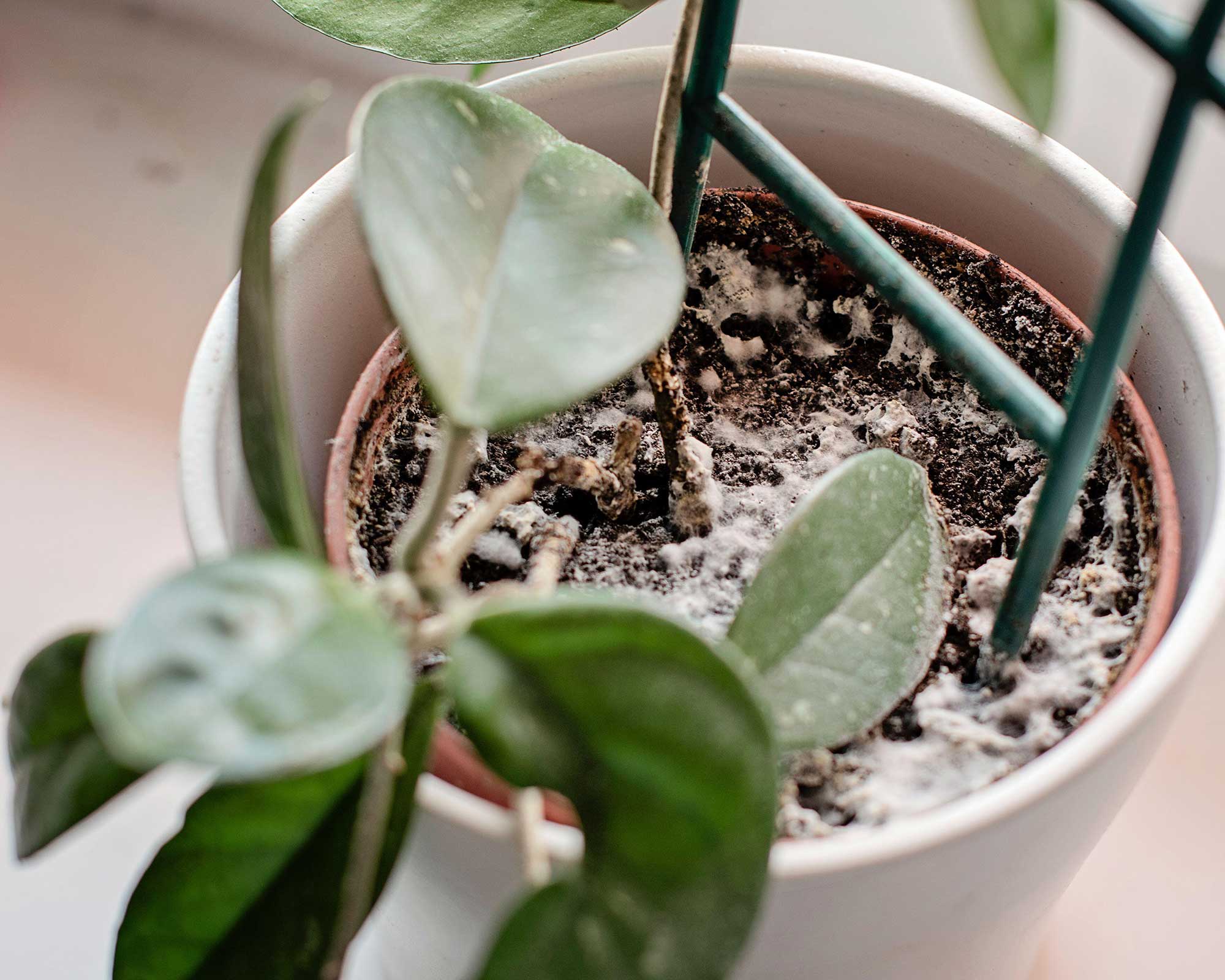
White mold can grow on the soil in potted plants
Also, look out for white mold on houseplant soil. Although less of a concern, it does spoil the aesthetics of your indoor plant ideas somewhat and signals that conditions for your plant aren't quite right.
'This can be caused by too much water and poor drainage, as well as a lack of sunlight,' Jo Lambell, Founder of Beards & Daisies, explains. 'Damp, low-light conditions are the perfect recipe for mold to take hold – so you’ll want to get to the bottom of the issue and address it fast.'
If your soil has white mold growing in it, Jo recommends repotting your plant and placing it in direct sunlight for a little while. You can even add an antifungal to the potting mix when you repot your plant, she adds.
2. Sooty mold
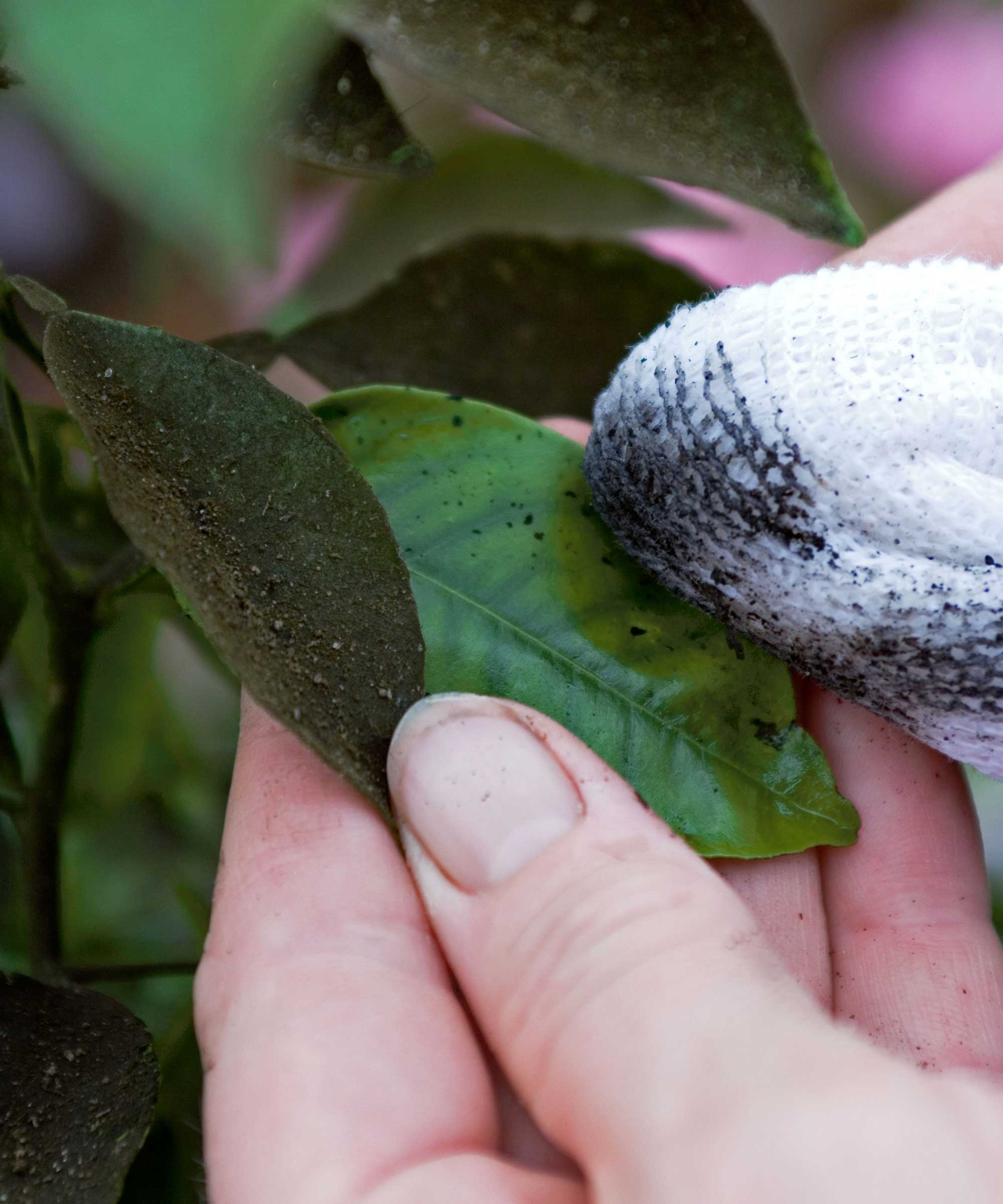
You can wipe sooty mold from plants, but you'll need to tackle the pests, too, to stop it from coming back
Sooty mold comes hand-in-hand with sap-sucking pests, such as scale insects and aphids. These bugs exude a sticky substance called honeydew, which attracts the fungus that causes the disease, explains the Amateur Gardening experts.
'It is black and can coat leaves, reducing their ability to photosynthesize. The end result is a weakened plant that struggles to grow.'
Regrettably, there are no fungicides to control the disease, says John, although he does note that smaller patches can be wiped off with lukewarm water and a cloth. The important thing to do is to tackle the pests. An organic insecticide based on fatty acids and vegetable oils can be effective (try Amazon), as can wiping the stems and leaves clean with a mild detergent solution, the Amateur Gardening experts suggest.
'Once the plant is clean, be vigilant for pest recurrence, as it's easier to deal with a light infestation,' they add.
'When the creatures have been eradicated and the honeydew source ceases, the sooty mold will, eventually, disappear,' says John.
3. Root rot
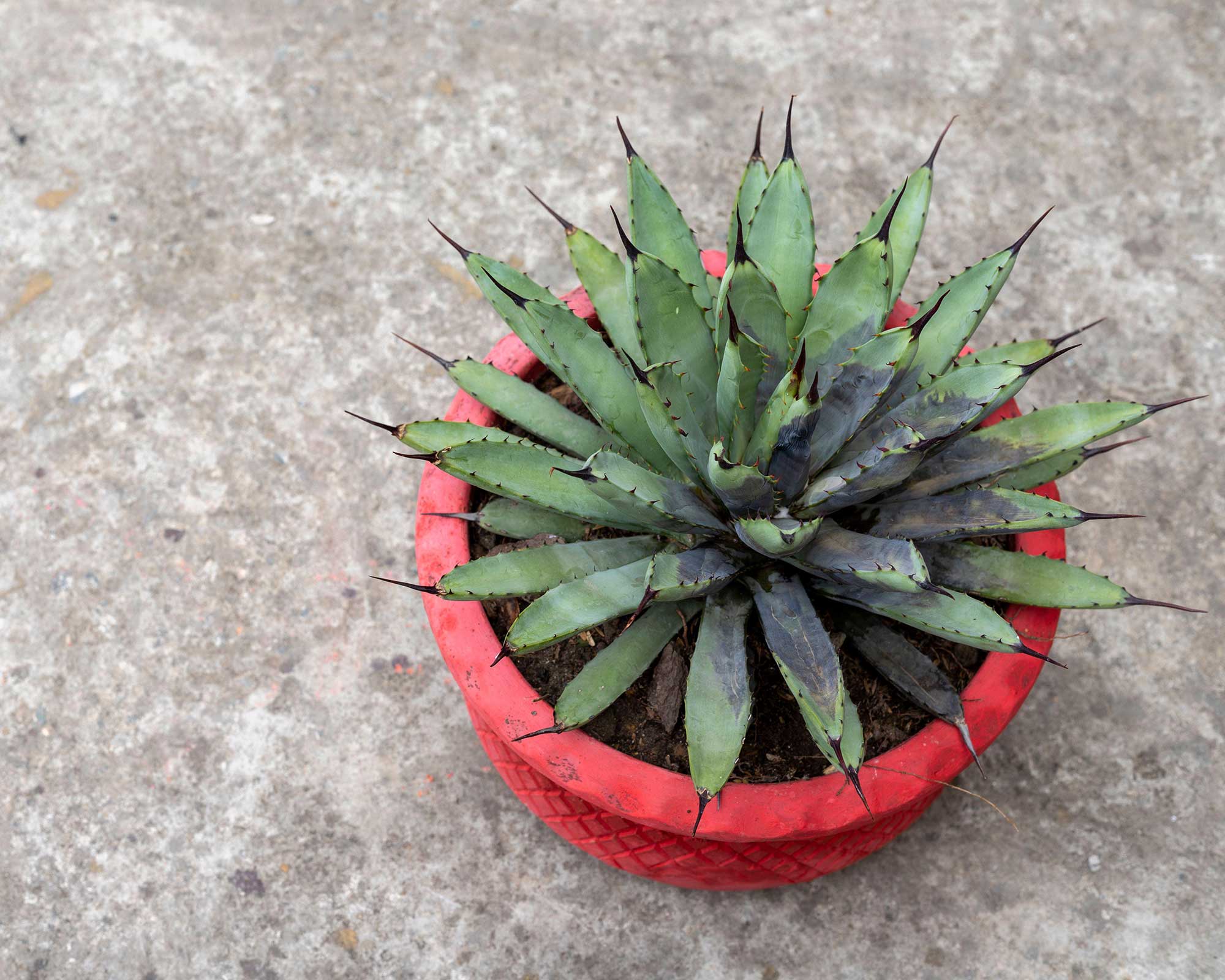
Root rot is caused by overwatering
'Root rot is a common problem for plants which have been overwatered and end up waterlogged,' explains Jo.
'Your plants’ roots, whilst responsible for drinking up as much water as possible to keep your plant happy, also need some breathing space. If your soil becomes waterlogged, then the roots of your plant can no longer perform their job and end up rotting,' Jo explains. Indoor succulents are particularly susceptible.
'You’ll usually notice this pretty quickly, as your plant will smell quite unpleasant,' Jo continues. Your plant may also wilt. 'Unfortunately, once the roots of your plant have suffered root rot, it can be irreversible. This isn’t the case for every plant and does depend on the severity and how much rot has set in.'
If you think your plant still stands a chance, Jo recommends repotting your plant in new soil. As you do so, remove any roots that look rotten, salvaging any healthy ones. Then, take extra precautions not to overwater your houseplant, and with a bit of luck, it will return to its former glory.
4. Rust
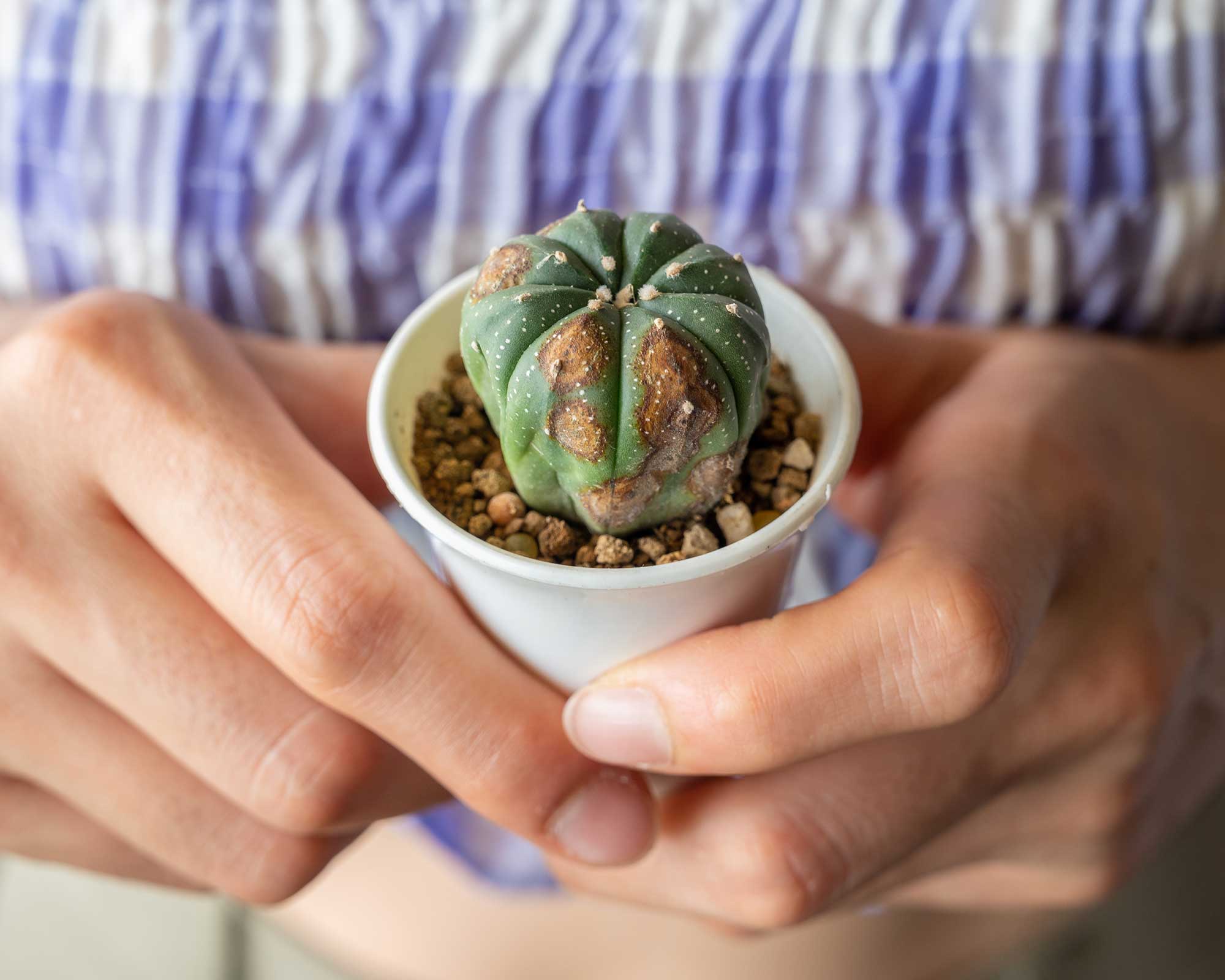
Rust is a fungal disease that causes orange blemishes
Rust is another fungal disease that sometimes affects indoor plants. Although it isn't generally fatal, it does spoil the look of foliage, causing rusty-orange blemishes on the undersides and white patches on the top.
A plant that's particularly susceptible is Oxalis triangularis (although growing it indoors rather than outdoors does reduce the chances of infection). Fuchsias and pelargoniums grown indoors are also at risk.
'Avoid feeds that are high in nitrogen as this promotes soft growth, which is more susceptible to rust,' says Amateur Gardening. Keeping the foliage dry when watering your plants, and providing plenty of airflow around them can also help prevent it.
If you spot rust, clear away and dispose of all the affected leaves and debris from around the plants, says the Amateur Gardening experts. This should eradicate any spores that would otherwise overwinter. 'Next summer, be vigilant and remove affected leaves as soon as you see the telltale pale leaf spots forming.'
You can also spray affected plants with a fungicide, such as Fungus Clear Ultra (available on Amazon), says John.
5. Powdery mildew
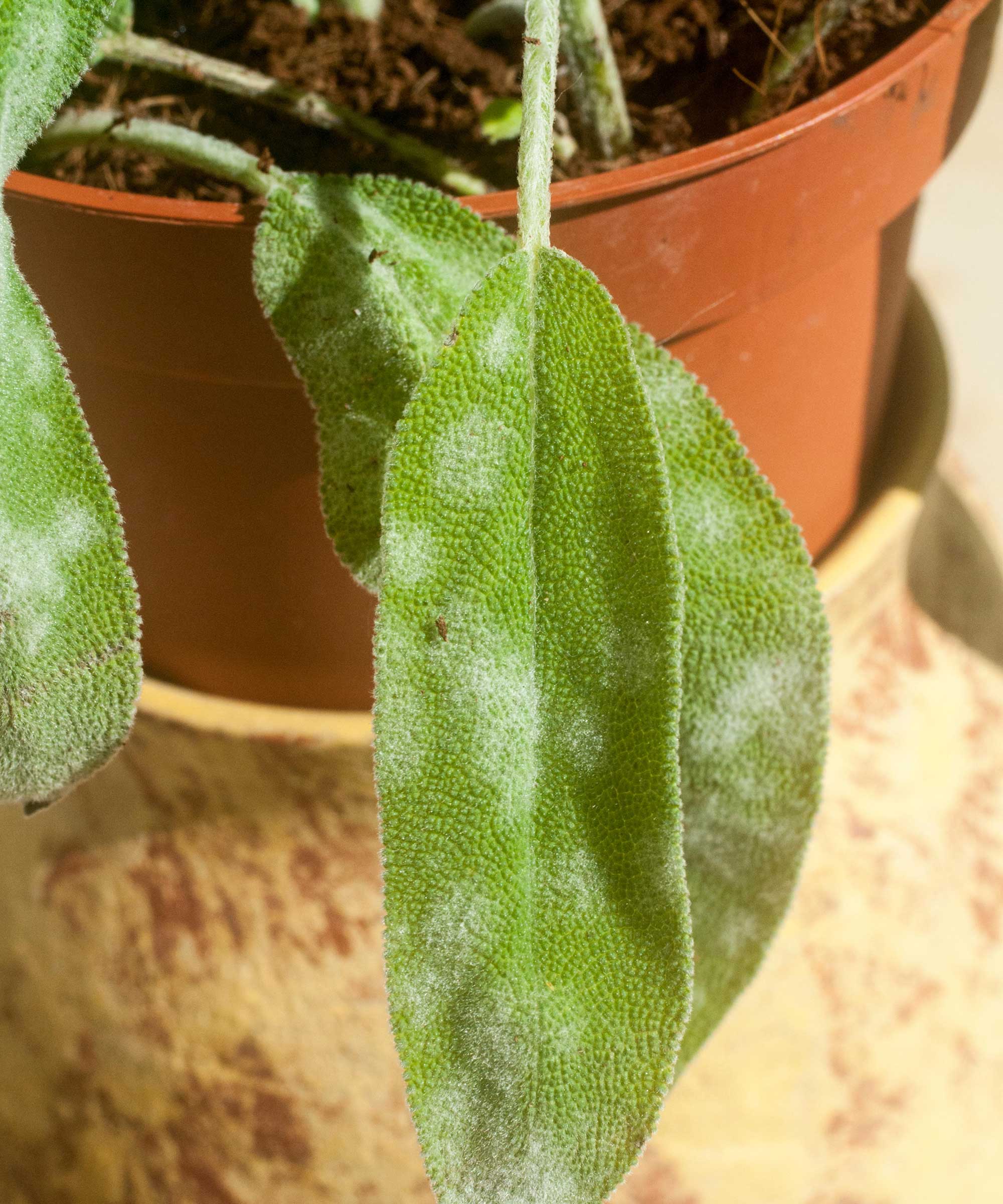
Powdery mildew can affect plants indoors and out
Powdery mildew is commonly seen on a wide range of outdoor plants – from courgettes to clematis. But it can affect indoor plants too, particularly if they've had a short stint outdoors to soak up some summer sunshine (the fungal spores are often airborne).
It generally isn't fatal. However, it spoils the look of plants, appearing as an unsightly, gray-silver coating on foliage and sometimes spreads to stems and flowers, too.
To treat it, remove the worst of the affected areas. The RHS recommends improving ventilation, and avoiding your plant sitting with wet leaves, particularly in cool temperatures or throughout the night. A broad spectrum fungicide may have incidental control, they add.
What is the worst houseplant disease?
Root rot is one of the worst houseplant diseases, as plants that are affected can be difficult to rescue. Luckily, it's also one of the easiest to avoid if you pay close attention to your watering schedule.
But it's important to remember that diseases aren't the only reason why houseplants die – there are other things to look out for, too. These include giving them the right amount of humidity and light, and repotting them when necessary. At the end of the day, if you give your plants the care and environmental conditions they need, they're most likely to reward you with long-lasting, luscious greenery.

The garden was always a big part of Holly's life growing up, as was the surrounding New Forest where she lived. Her appreciation for the great outdoors has only grown since then. She's been an allotment keeper, a professional gardener, and a botanical illustrator – plants are her passion.
